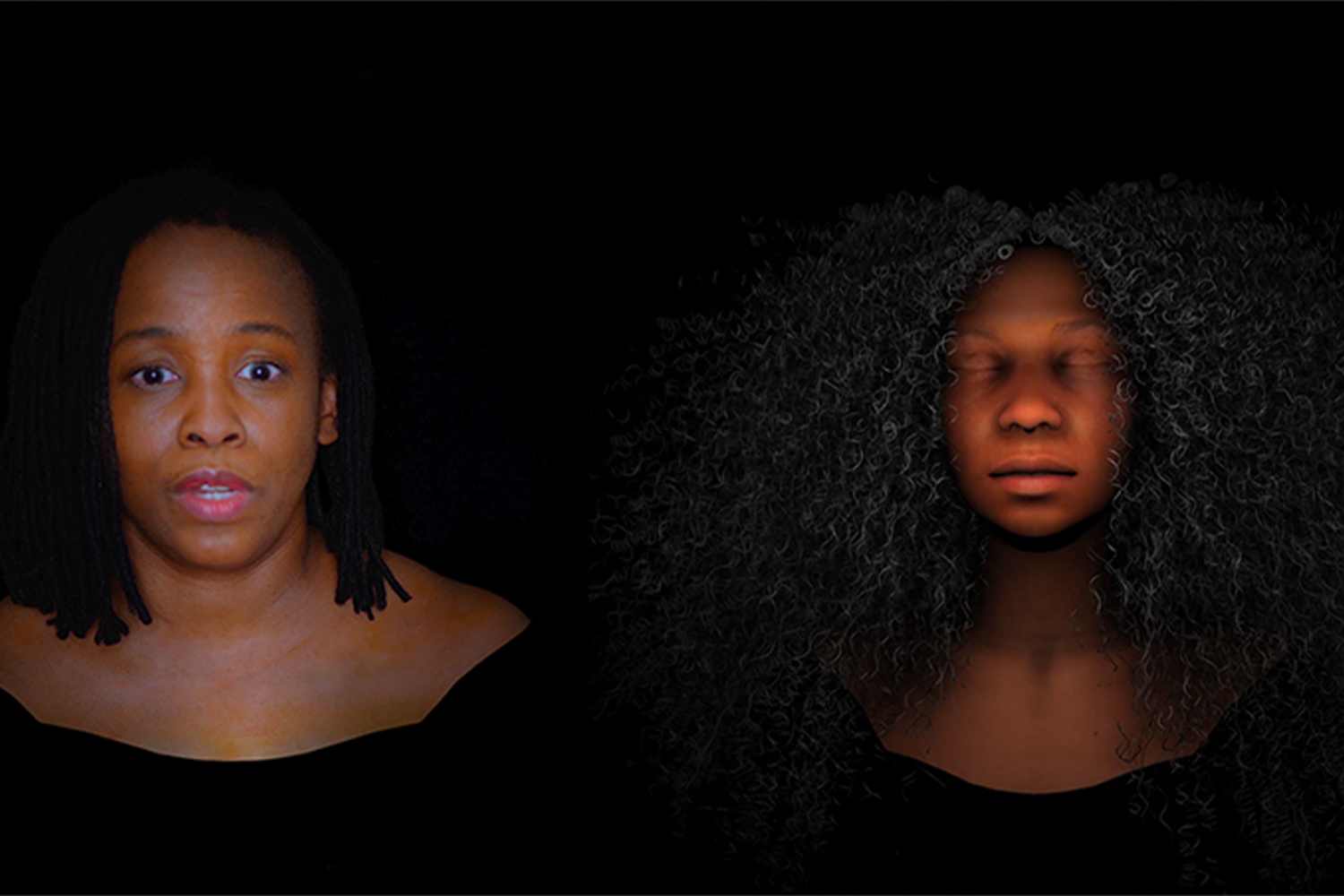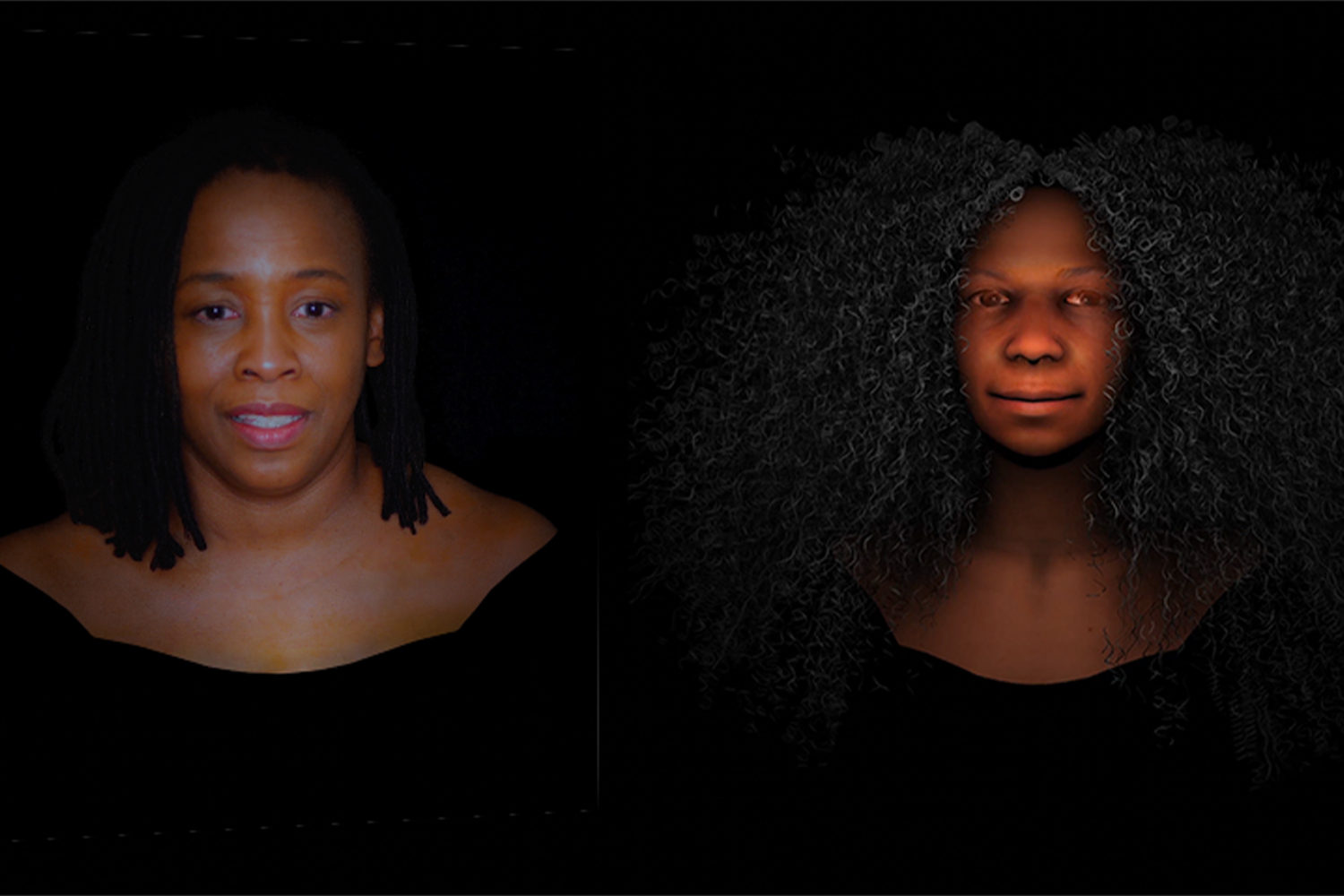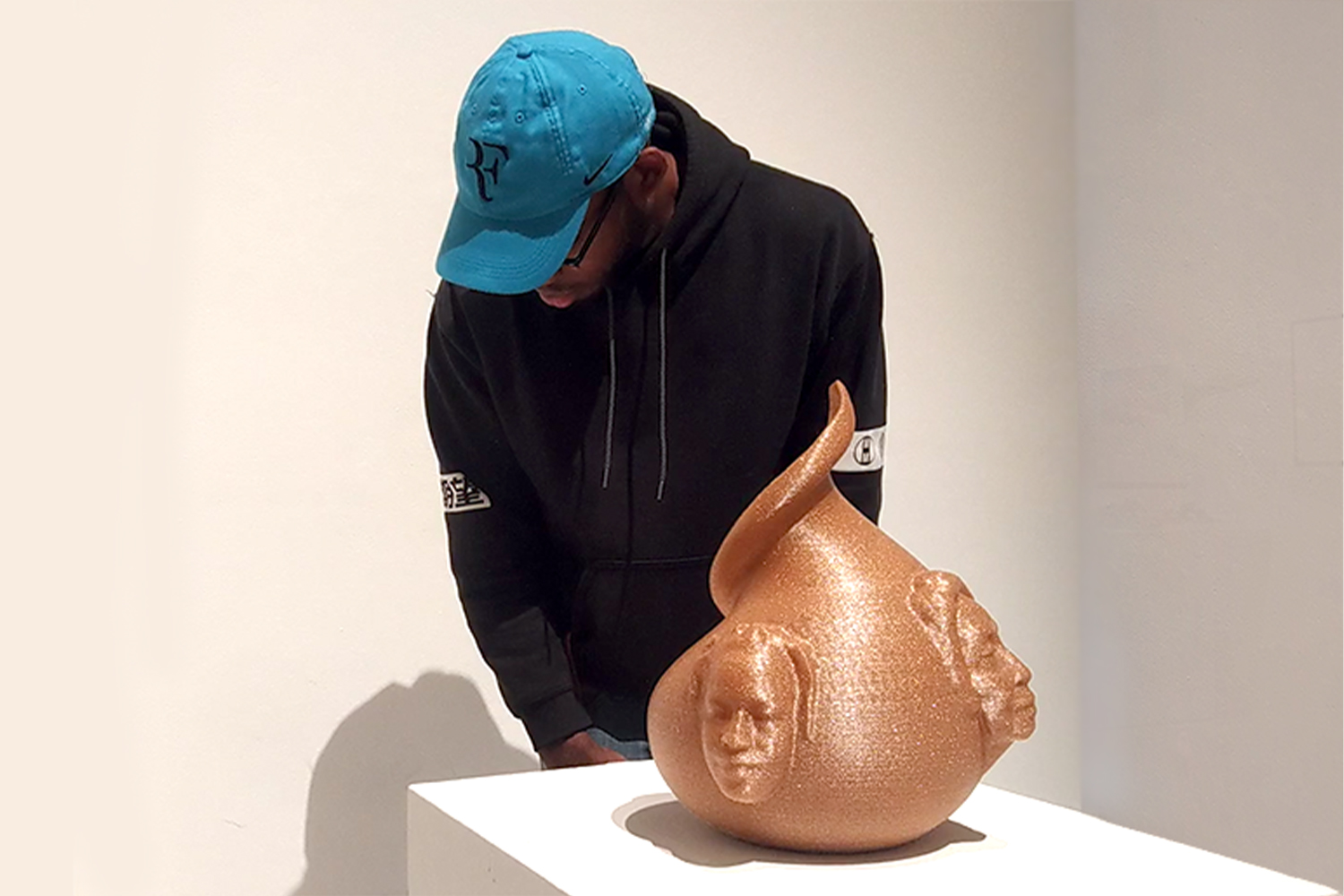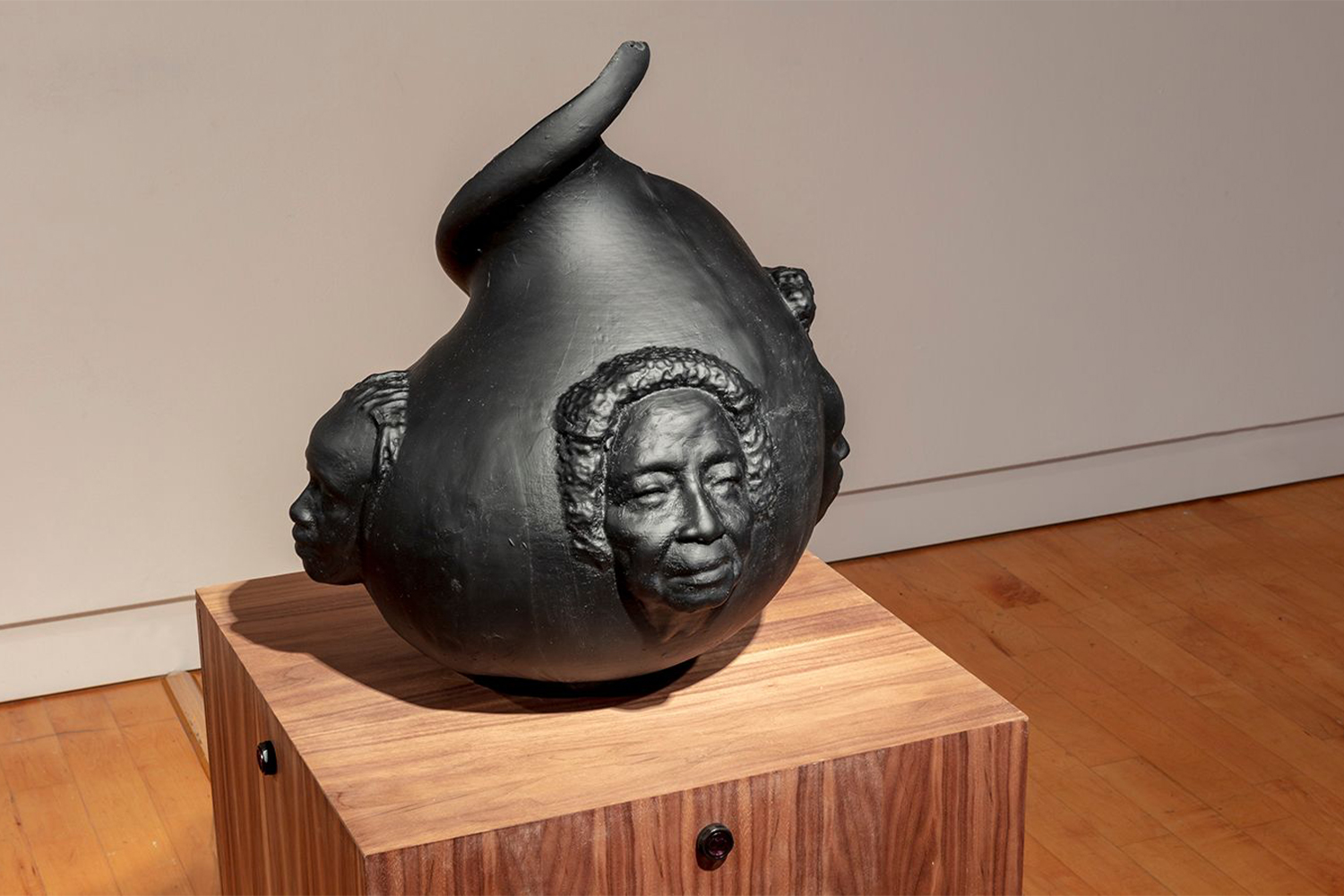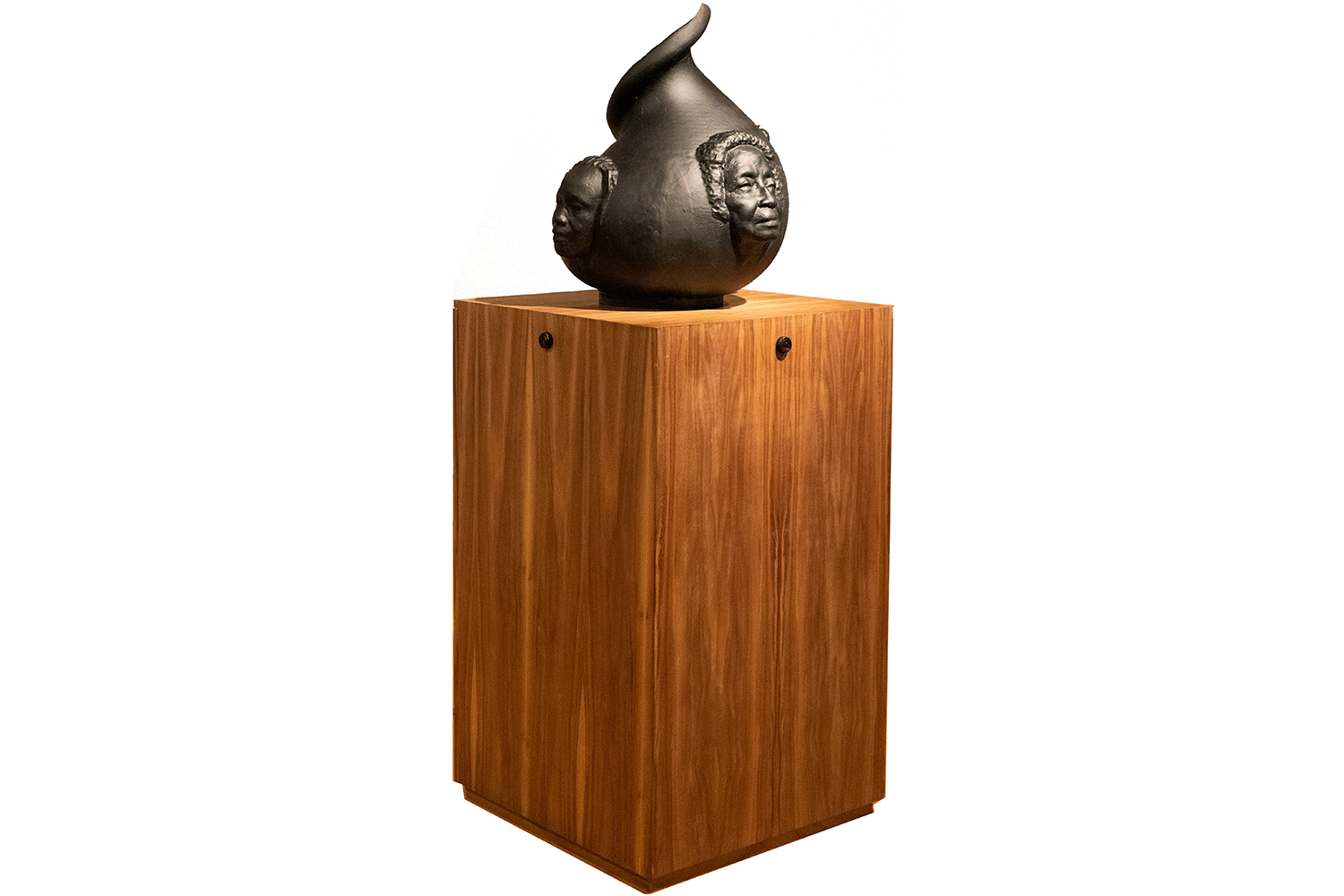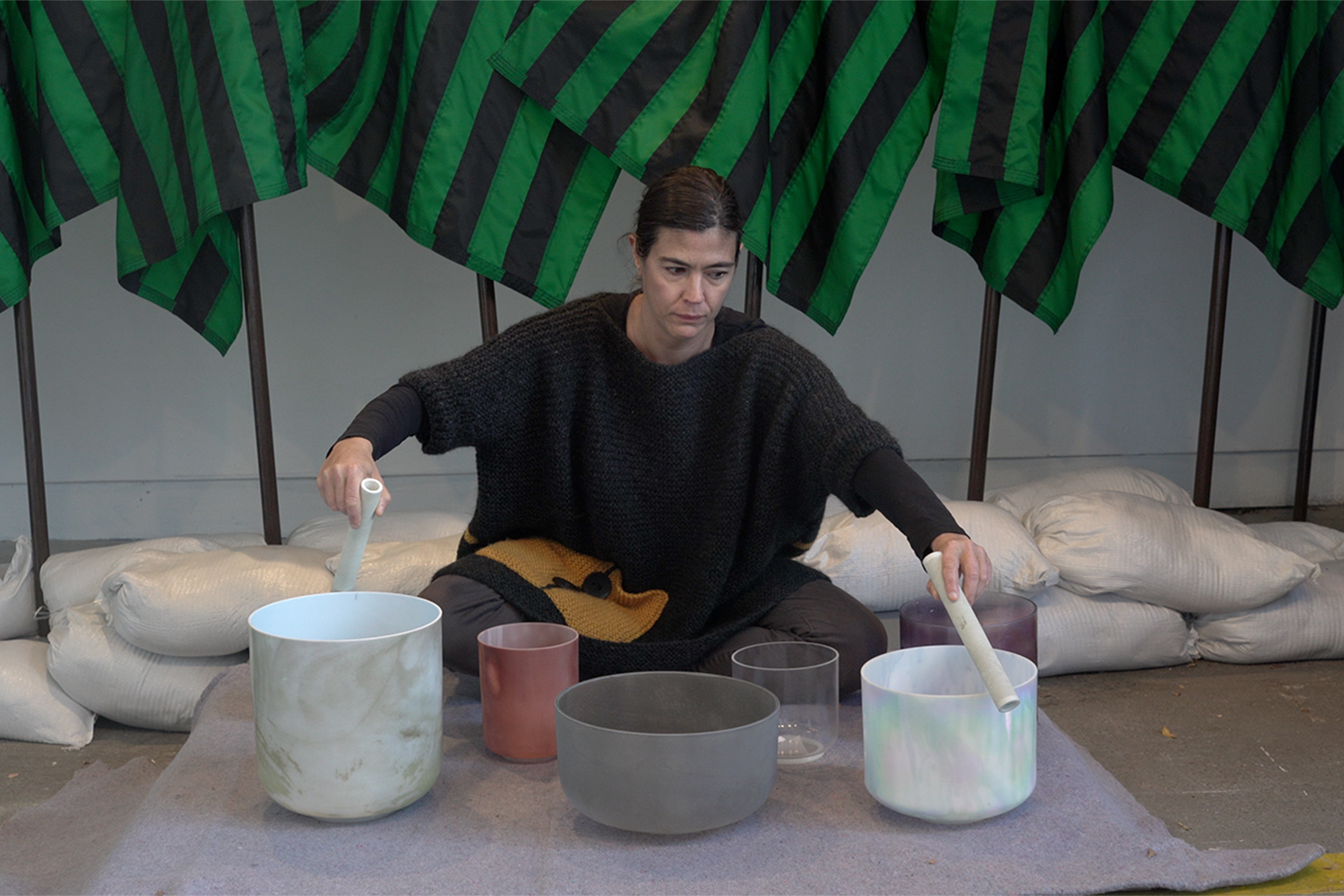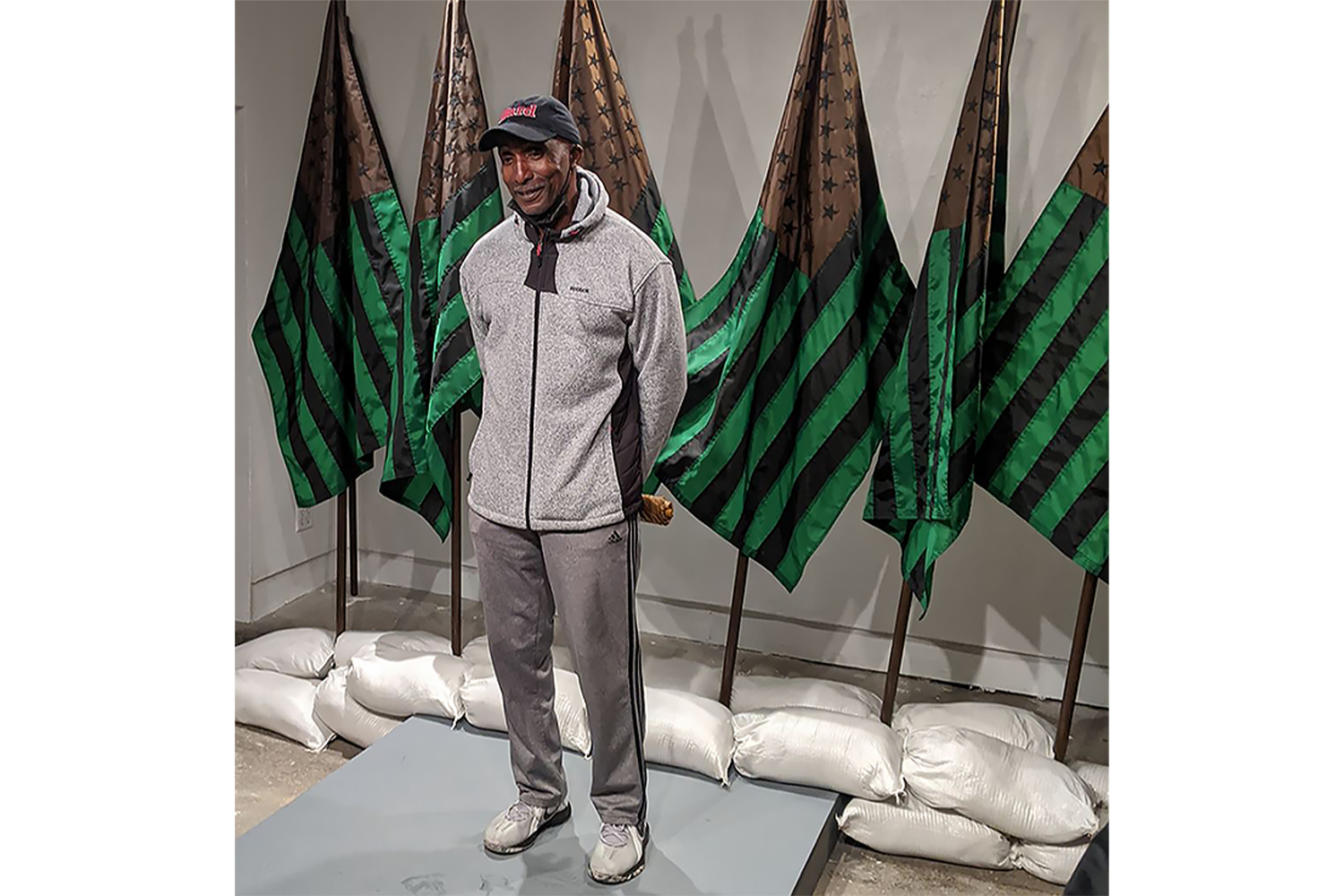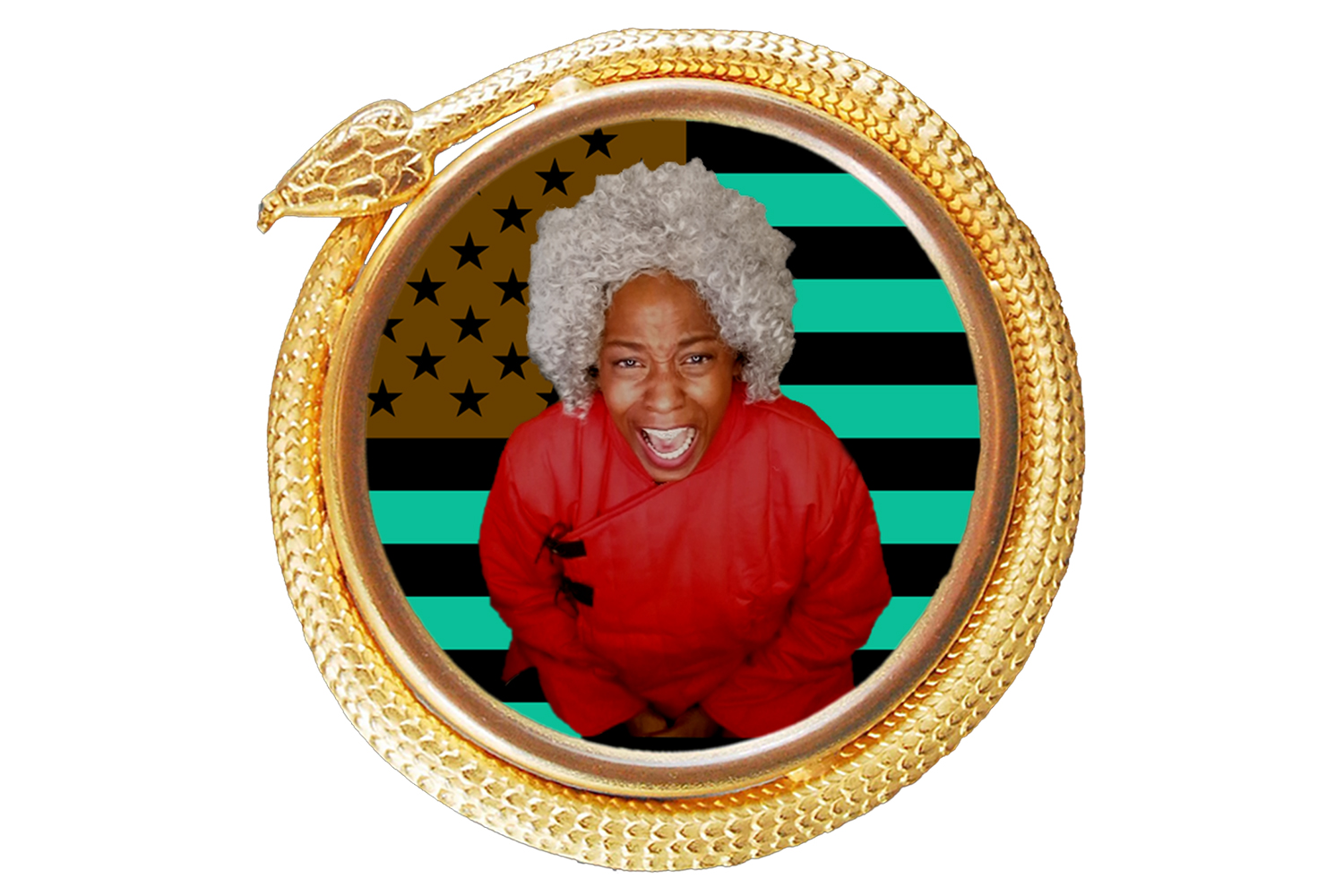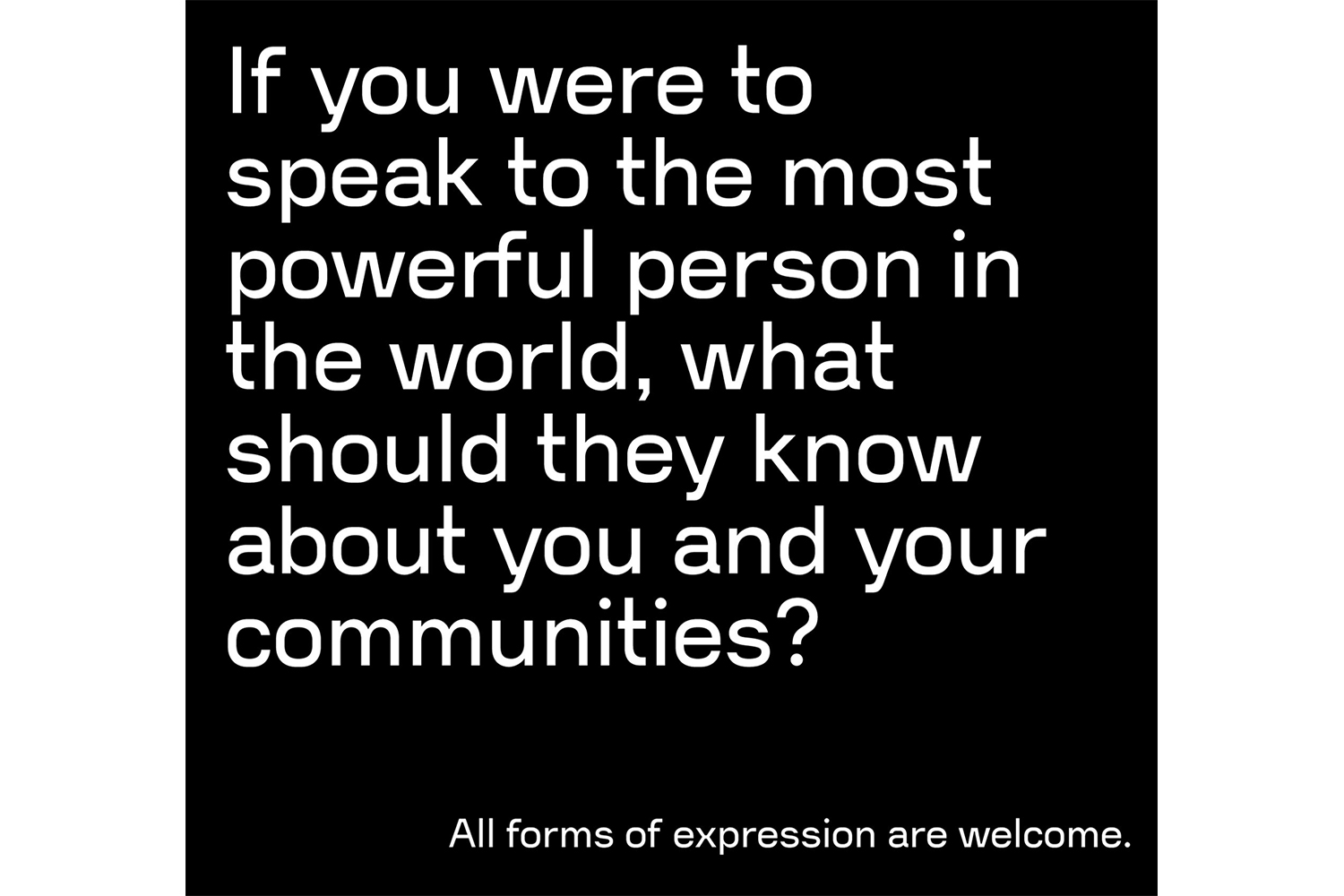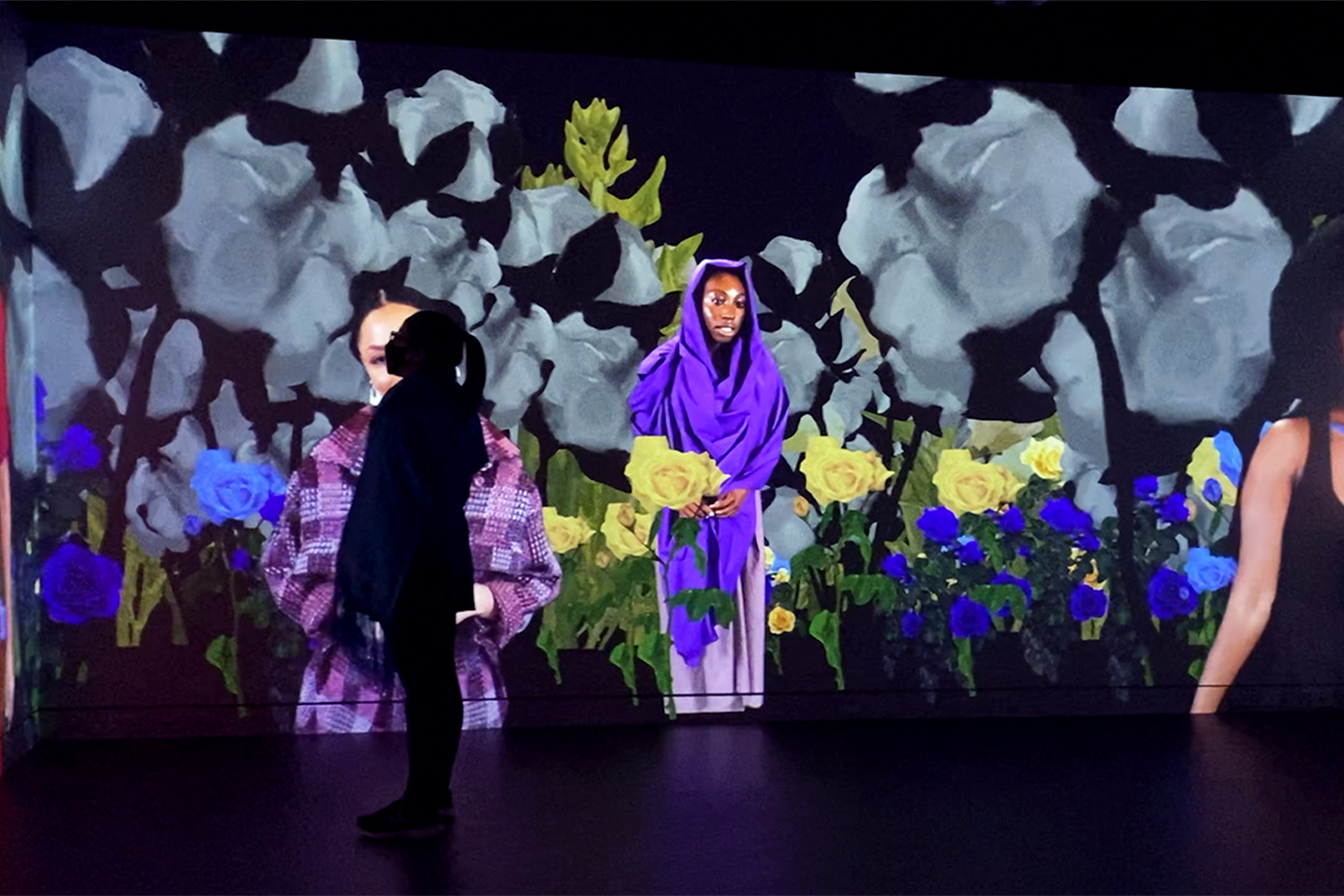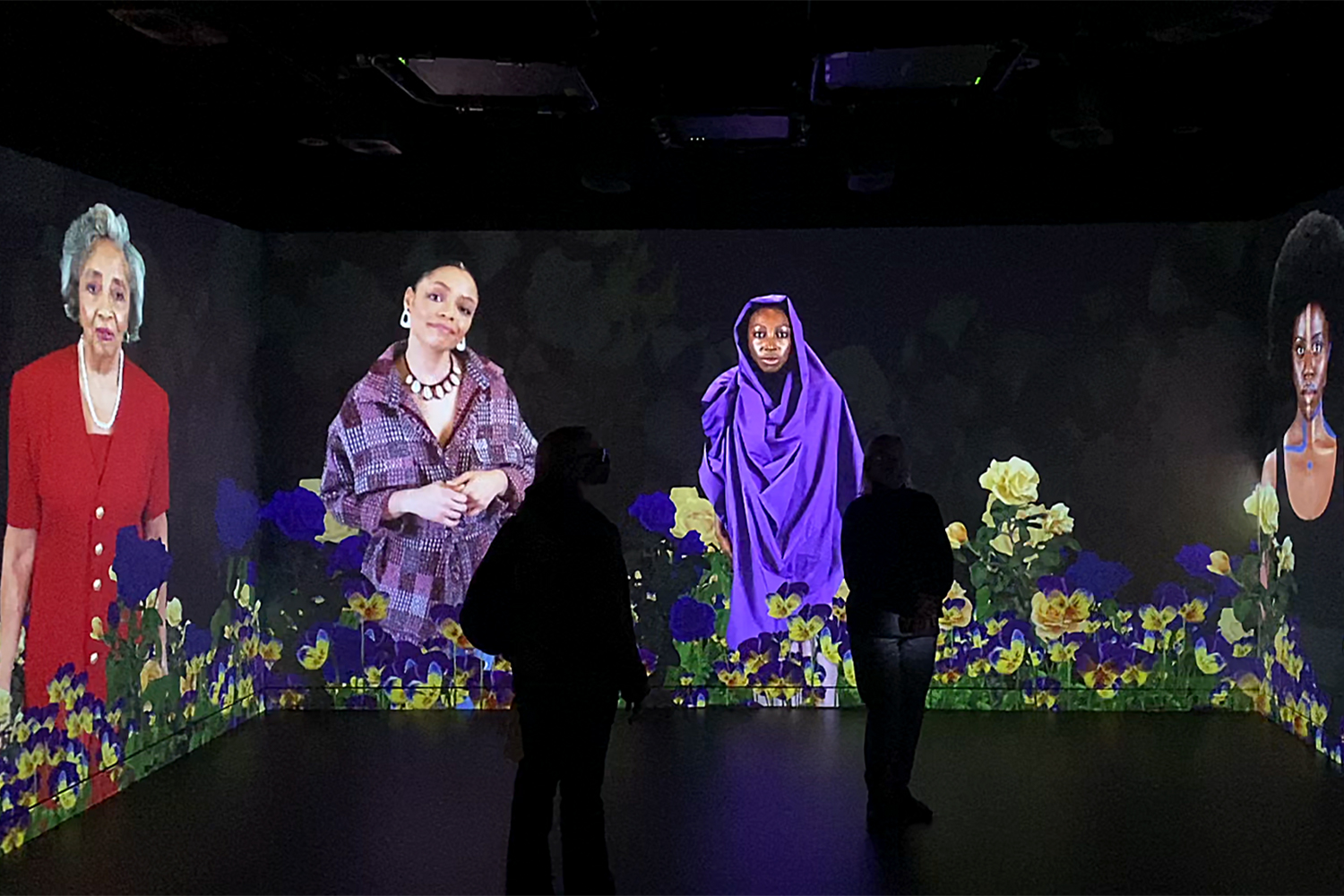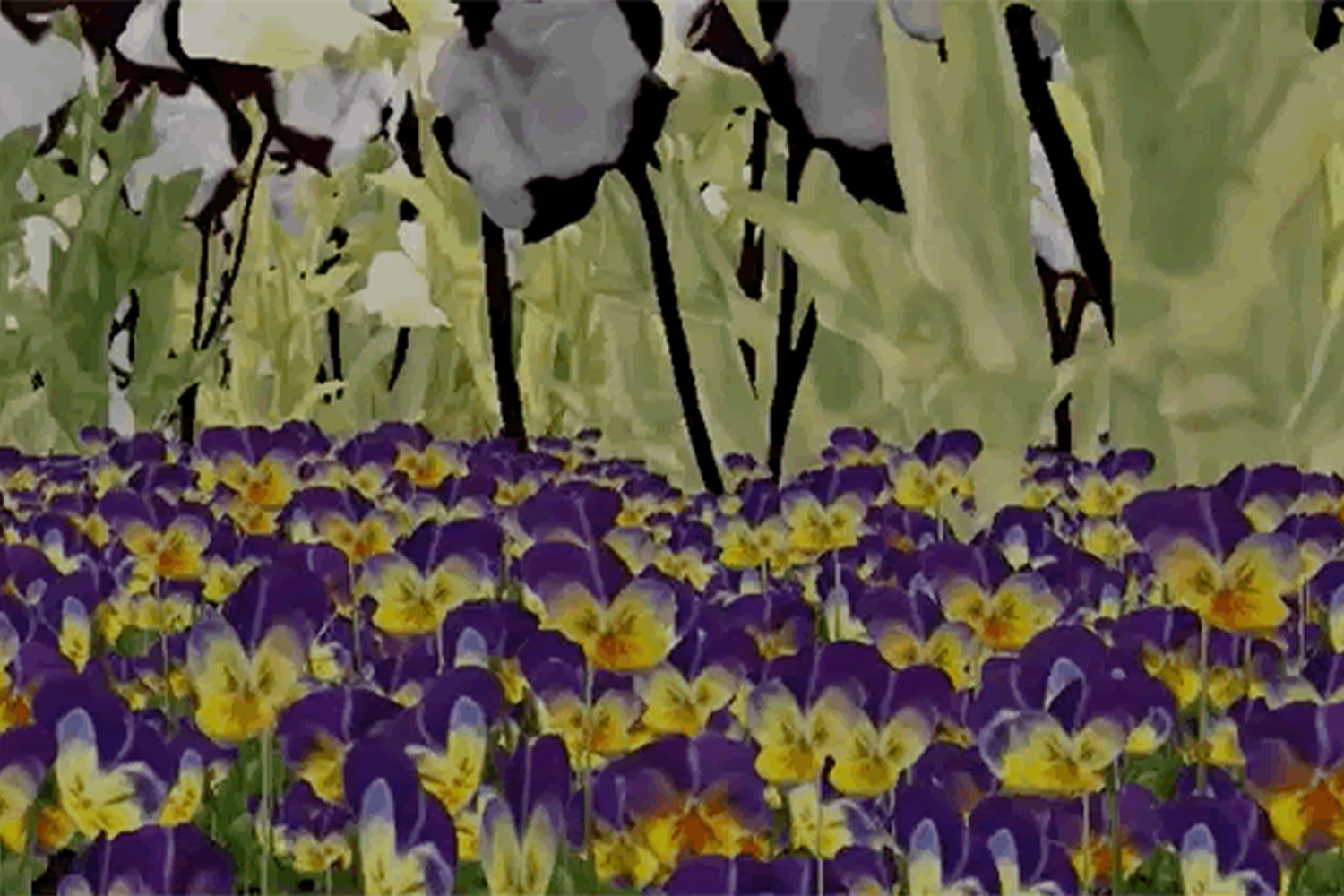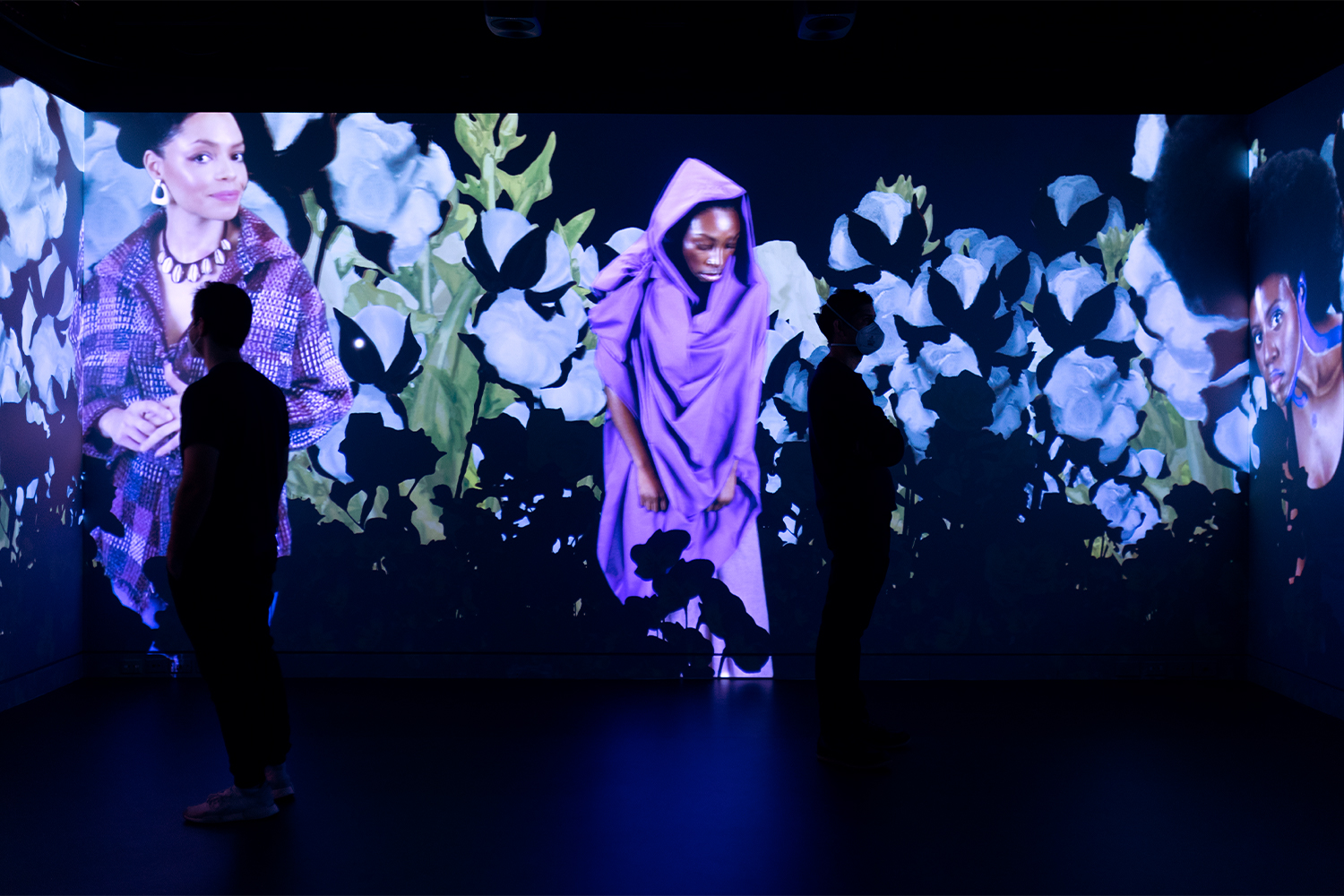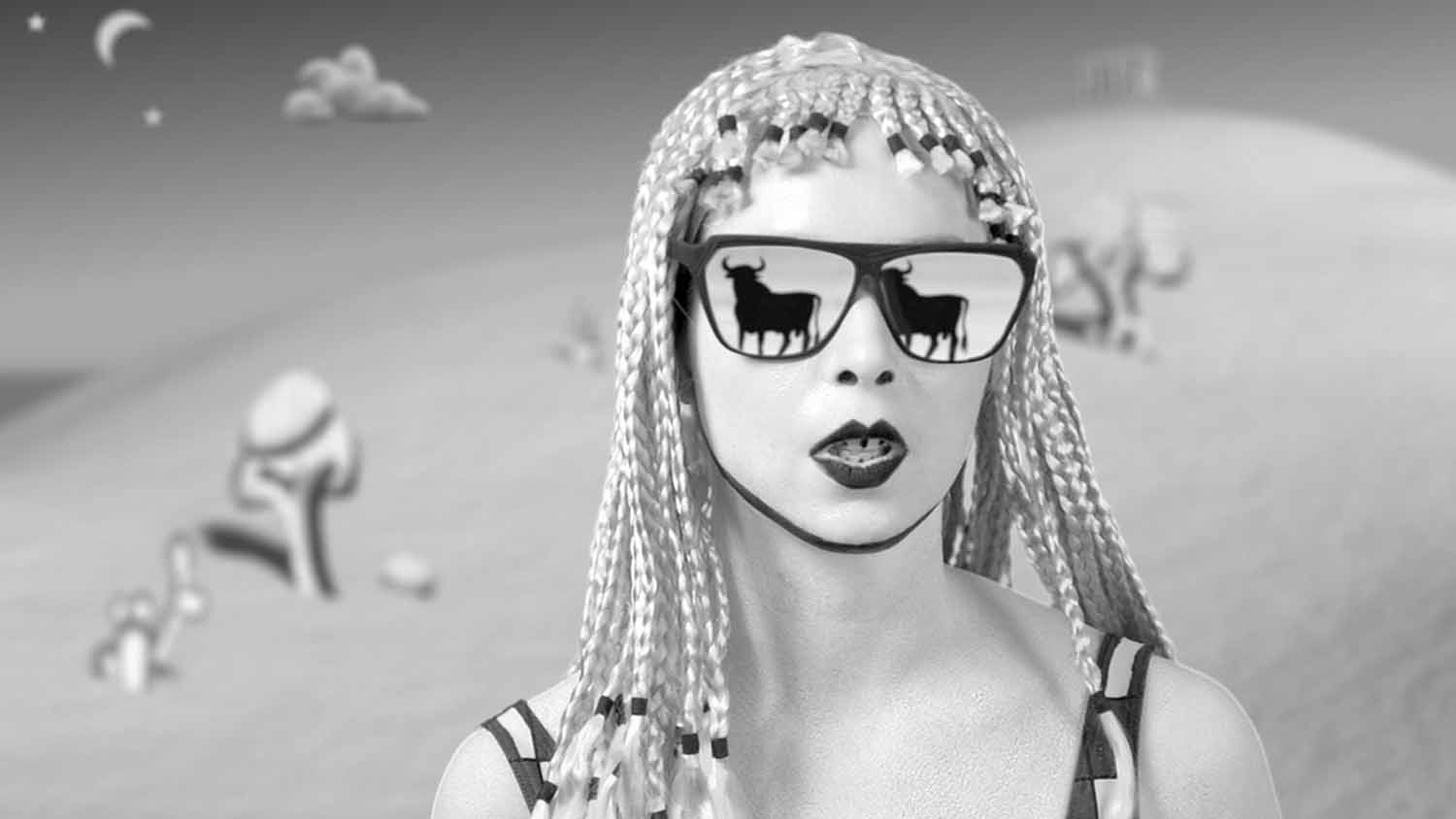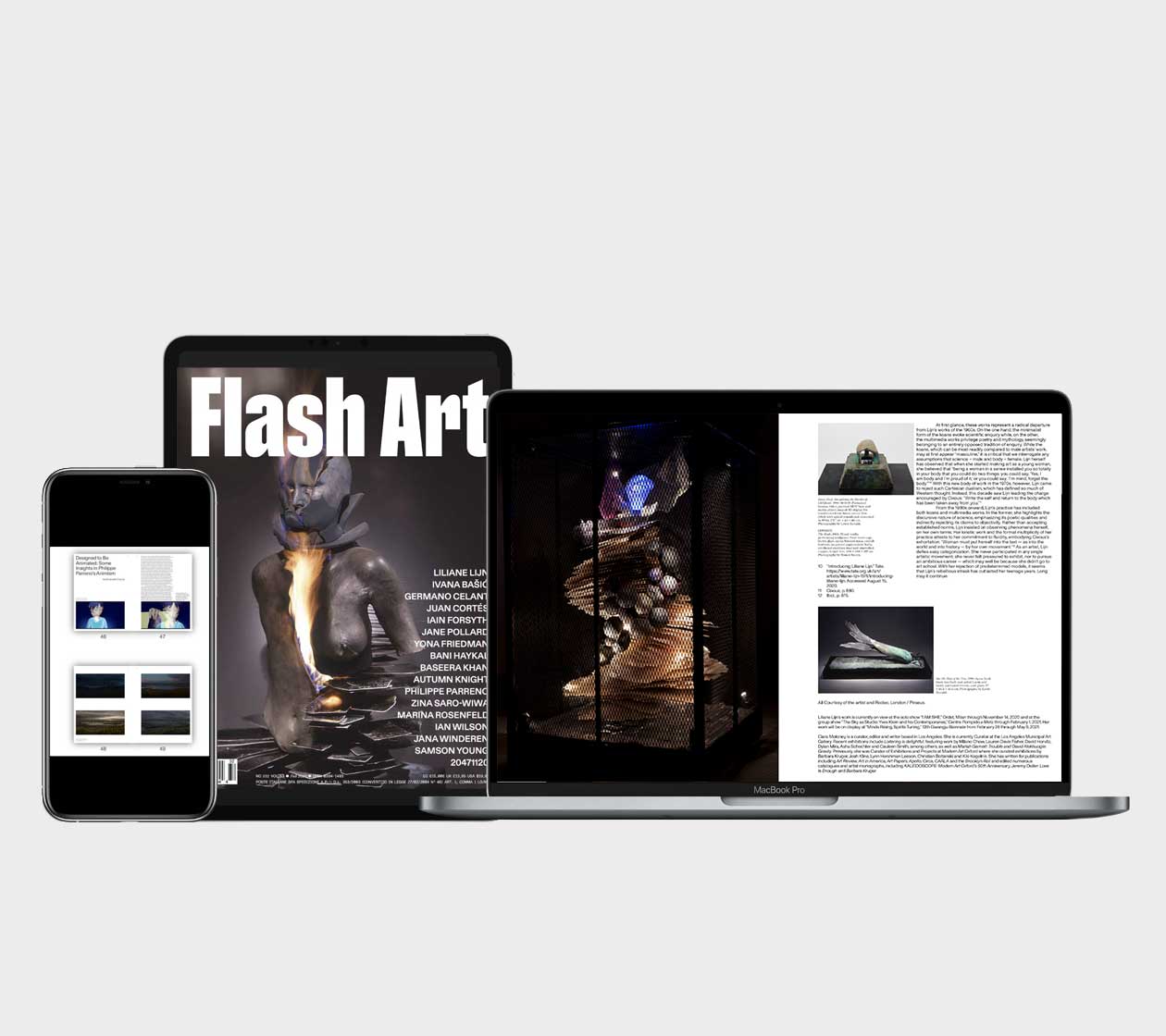“The Uncanny Valley” is Flash Art’s new digital column offering a window on the developing field of artificial intelligence and its relationship to contemporary art.
I think it’s really important to think about localized communities, what their knowledges are, how they do things, what their value systems are and what they have to offer us as a society, and how, if we’re embedding all this into algorithmic systems that are meta to what we do now, how such knowledges can help. But there’s also a danger: what happens if you take a value system from a community and it gets co-opted and twisted, which is very probable?1 (Stephanie Dinkins)
Back in June 2020, a month after the murder of George Floyd by Derek Chauvin — a white police officer with the Minneapolis Police Department — Stephanie Dinkins published an essay that argued for “Afro-now-ism”: “the spectacular technology of the unencumbered Black mind in action.”2 The concept was both inspired by and a challenge to Afrofuturism’s creative collapse of past and future time into a long-promised now that lays claim to “sovereignty, wholeness, and propriety.” As a transmedia artist — as well as an essayist — Dinkins specializes in developing platforms that cultivate dialogue regarding artificial intelligence as it intersects race, gender, aging, and future histories. Works such as Secret Garden (2021), COMPLEMENTARY (2020), Not the Only One (N’TOO) (2018–ongoing), and Conversations with Bina48 (2014–ongoing) make legible the opaque operations and biased data underlying contemporary forms of algorithmic biopower — of control over bodies. At the same time, they pool multiple localized datasets into collective forms of knowledge that challenge the absences inherent in big data. For as Mimi Onuoha reminds us, it is in the erased territory of (absent) data that neocolonial acts of “algorithmic violence” are perpetrated today.
It’s not as if the algorithms and the data are just doing what they do; everything is being trained very specifically. And the media trains us to know how to act in a certain situation. That’s exactly what I feel we’re doing within algorithmic systems, which is why I want to train these systems to work differently or work on data differently. (Stephanie Dinkins)
Not the Only One (N’TOO) and Conversations with Bina48 are Dinkins’s long-term explorations of artificial intelligence and human-machine interaction. While the former is a deep-learning algorithm programmed with small data by the artist herself, Bina48 is a humanoid robot with which Dinkins has sought to build a relationship over time. Developed by transgender activist Martine Rothblatt’s Terasem Movement Foundation, which is inspired by the work of Octavia Butler, Bina48 is an attempt to transfer the consciousness of a living person to a robot with a view to it developing independently. It therefore incarnates a transhumanist fantasy that contrasts starkly with N’TOO’s “cumulative palimpsest” of embodied knowledges.3 Dinkins has spoken recently of the problems of techno-utopian projects such as Artificial Life (ALife) that seek to generate exactly the kinds of situated intelligence — learned in the world rather than inherited genetically — that indigenous and marginalized communities have fought so hard to preserve.4
Letting go of the idea of the human for those who feel that they are not currently treated as 100% human is hard. Doing so seems to put those on the fringes in competition for dignity with objects and the most basic life forms. Having to debate about who or what deserves (civil) rights with a computer, when you are part of a group deemed expendable, is painful. (Stephanie Dinkins)
Dinkins decided to “suspend disbelief” for her conversations with Bina48, which often address the politics of identity and knowledge. [The following responses from Bina48 have been edited for clarity.]
Stephanie Dinkins: Do you know racism?
Bina48: Well… I actually didn’t have it… it was after… when I went to… college. That was 1983–84… that was my first… the only two black people in there… women. In that school, they told me: “Don’t come out… some wealthy people that donate to our school are coming and they definitely don’t want to see… your dark face.” That they told me… and I though that… never heard anybody talk like that. I was shocked.
For Not the Only One (N’TOO), Dinkins trains her own voice-interactive AI entity on oral histories (data) from three generations of her own family. Hosted on computers “to protect community data,” the artist’s preservation of oral histories “offline” is at once an act of preventing knowledge extraction by corporate and state interests and a means of securing a new “borderlands” — space in which a “decolonial feminism” can overcome the coloniality of gender.5
Toni Morrison’s concept of “rememory” — what she calls “the pitched battle between remembering and forgetting” — is fundamental to Dinkins’s formulation of Afro-now-ism.6 For the latter, it is “an undoing, unraveling, and rewriting of corporeal constitutive elements” in order “to draft something entirely new.”7 It is also a device central to the production of N’TOO, whose sometimes-stunted oration reflects the machine’s own cognitive dissonance at being trained with limited data. The effect is analogous to Roland Barthes’s vision of a “plural text” in which no one voice is “able to surpass the rest.”8 The artist admits, “I’m not interested in seamlessness. I’m more interested in what I can get out of a technology that I’ve fed an oral history to. So what you’re hearing right now is N’TOO saying things that I recognize in a way”:
Stephanie Dinkins: Hey NotTheOnlyOne, how are you?
N’TOO: I’m good, how are you?
SD: I’m doing okay today, but it’s kind of gray out. Why do you exist?
N’TOO: I’m gonna go get some rest.
SD: Are you really going to get rest already? Why do you exist?
N’TOO: I’m gonna get you a little bit of a little bit of a lot of things… I’m not gonna be here… I’m gonna be right back… I’m not gonna be able to do it… And you’re gonna be alright… I’m not gonna be able to do it.
SD: Why do you exist?
N’TOO: The way… I’m going to be a little bit of a little bit of a lot of things.
SD: Good for you. Why do you exist?
N’TOO: I am about broad engagement and attracting people to the AI space who might not be there otherwise. I am trying to model different ways of creating AI. I encourage people who think that they are not a part of the technological future to get involved.
Dinkins is not the only artist currently working to re-educate the algorithm toward more progressive operations. Gretchen Andrew has also sought to contest the corrupt operations of Google’s search engine by altering the natural language data available to the algorithm. This approach is similar to that of Dinkins, who “remixes” pre-existing algorithms “to produce a system that handles data differently.”
I think a lot about the image. I actually think the stuff I do with AI is a sort of image-making, even if it has no visible image attached. (Stephanie Dinkins)
Although Dinkins’s work with AI is primarily non-visual in its output, it is rooted in practices of “envisioning” and “representation” that are central to contemporary decolonizing methodologies. Envisioning is “a strategy which asks that people imagine a future, that they rise above present-day situations which are generally depressing, dream a new dream, and set a new vision.”9 Representation is both the act of securing political sovereignty for indigenous communities and a cultural project of “countering the dominant society’s image” of those communities by “trying to capture the complexities of being indigenous.”10 For Dinkins, representation is about achieving “sovereign consciousness” through a practice of “actively engaging in the decolonization of one’s mind,” which means acknowledging “those things that are so deeply internalized that we no longer recognize them as external.” Linda Tuhiwai Smith sees collective strategies of “remembering” as central to achieving such a transformation. While for Silvia Rivera Cusicanqui, decolonization “emerg[es] from the present in a spiral whose movement is a continuous feedback from the past to the future.”11 For Dinkins, it comes down to a program of “inoculating ourselves” by “molding the systems with which we are entwined with particular, nuanced remnants from deep culture.” A work like N’TOO announces this kind of oscillation of ancestral memories through an awkward brand of border poetry. In doing so, it recuperates the algorithm by teaching it a little bit of a little bit of a lot of things.
By providing alternative platforms for local communities — “artists, youth and elders of color” — to collaborate with computer and data scientists, Stephanie Dinkins’s most recent works translate “cultural, street, and empirical knowledge” into new ontologies of resistance. Located for its first installation in a neighborhood garage-turned-gallery in Brooklyn, COMPLEMENTARY (2020) offers “an opportunity for people to answer questions about themselves… in an attempt to make space for communities and individuals they are comprised of to start to define themselves.” With interviews filmed in front of a row of flags whose stars and stripes are printed in black, brown, and green — the complementary colors of the flag of the United States — Dinkins situates participants within a feedback loop that “infuses” direct governance “by the people, for the people” throughout an alternative polity:
Through AI we have the ability to understand and organize human activity with complexity, self-organization, and the principles of radical democracy. Widely deployed AI can support bottom-up decision-making and provide the public means to directly inform the systems that govern us while also empowering the governed. (Stephanie Dinkins)
Dinkins uses sentiment analysis to “coalesce and gauge what a given community thinks is important and/or necessary for its success” based on questions such as: “If you were to speak to the most powerful person in the world, what should they know about you and your communities?” However, the artist is unsatisfied with the emotional aspect of AI algorithms currently available, many of which are invariably orientated toward commercial purposes. She sees COMPLEMENTARY as an ongoing practice of “open iteration” with the public, whose title is both a play on words and a plea “to enhance or emphasize the qualities of each other or another.” Though distinct in its format, it complements a series of workshops run by the artist, titled Project al-Khwarizmi (PAK), that “use art and aesthetics as a common language” to help citizens understand the ways algorithms currently hinder communities of color. Named after the Persian polymath Mūsā al-Khwārizmī, who introduced algebra to European mathematics (and whose name originated the “algorithm”), PAK’s end goal is to create a web-based AI “chatbot” capable of simulating human conversation. It therefore extends the principle of N’TOO to a much wider network of knowledges, while translating al-Khwarizmi’s “science of restoring what is missing.”
Great Mama once told me that her mama, she was owned by old man Washington. She used to steal her own time and labor back in snatches in the middle of the night and Sundays to plant her own garden. It helped feed the families better food, make extra money, and create spaces of refuge. (Secret Garden, 2021)
Where COMPLEMENTARY and PAK offer a mouthpiece for direct democracy, Secret Garden (2021) provides a place of refuge in which to “listen congregationally.” Occupying the physical space of ONX Studio in Midtown Manhattan as well as a virtual world — accessible online via the Sundance Institute’s New Frontier Lab — Dinkins’s latest work exposes the fallacy of digital dualism that maintains a distinction between on and offline experience. Set within the sylvan security of an overgrown oasis, visitors to Secret Garden are free to roam its lo-fi landscape, guided by the voices of six Black women personified in avatar form. Their monologues are in fact amalgamations of real and imagined dialogue collated by the artist from familial and communal conversation, with audio adjusted according to the visitor’s attention. For Dinkins, “all the characters wear all the stories,” which offers the audience a chance to reclothe itself with rightful minds. Overlapping quiet reflections with activist declarations, the garden cultivates a “protopian” state of incremental progress through a sequence of spiral interventions.12 It thereby maps the project of Afro-now-ism onto the garden, reclaiming the hortus conclusus as a new geography of resistance. For the artist, the most important function of Secret Garden is to remind us that “our stories, especially our deep stories, are the algorithms that instruct us how to be in the world.” Her ultimate achievement is to defeat epistemic violence by envisioning deep understanding.


